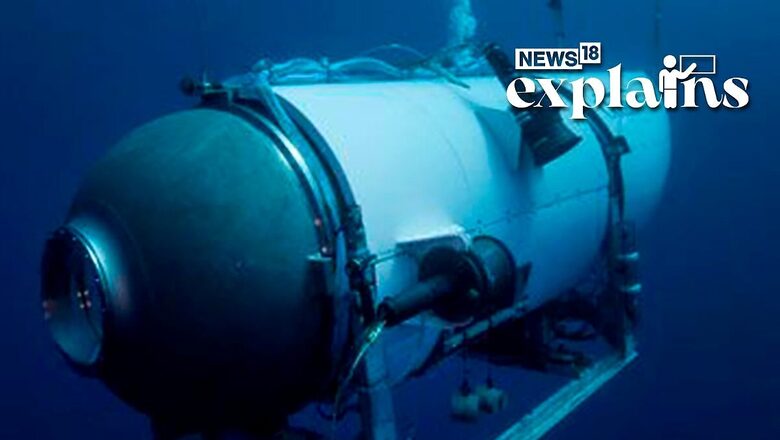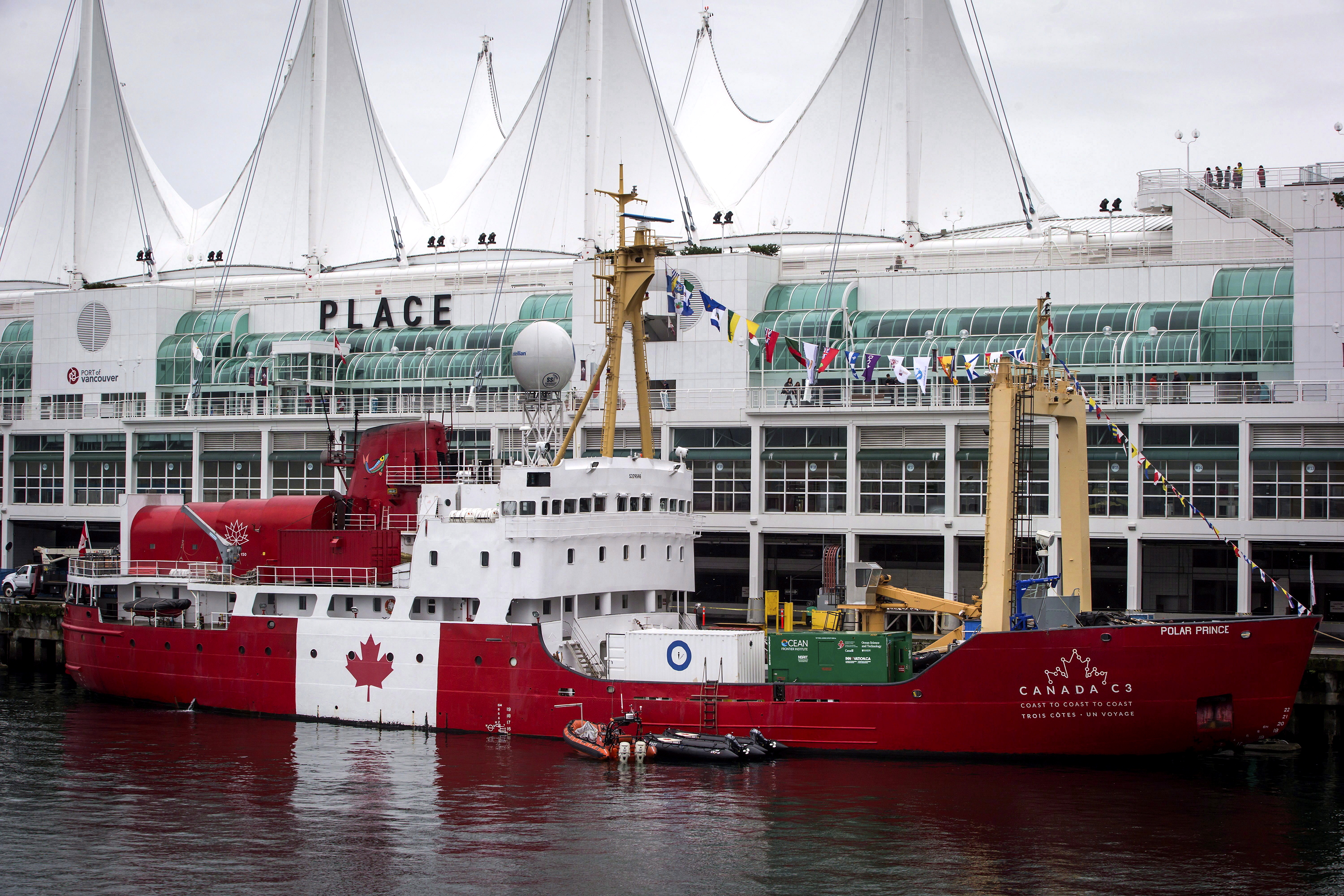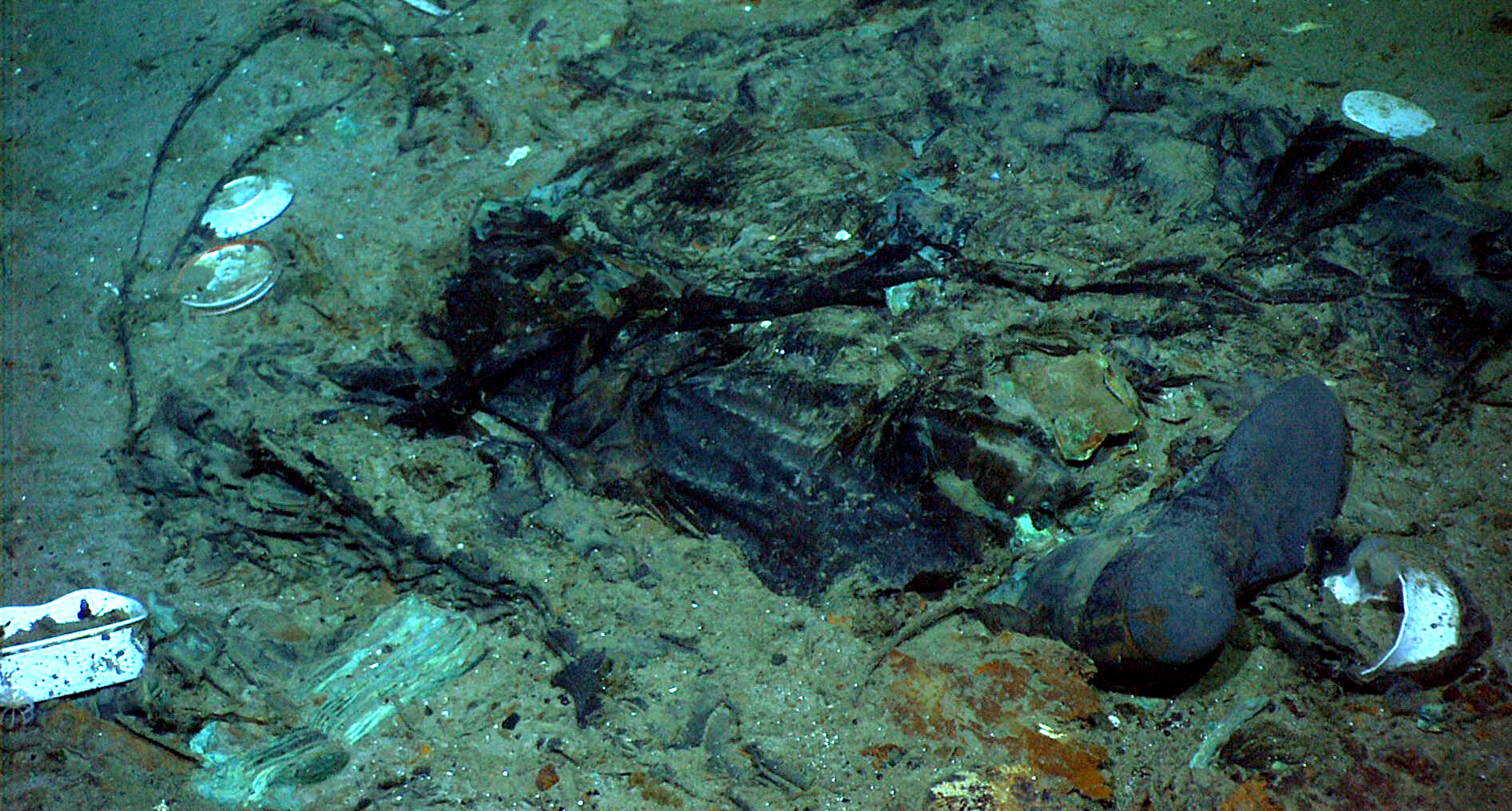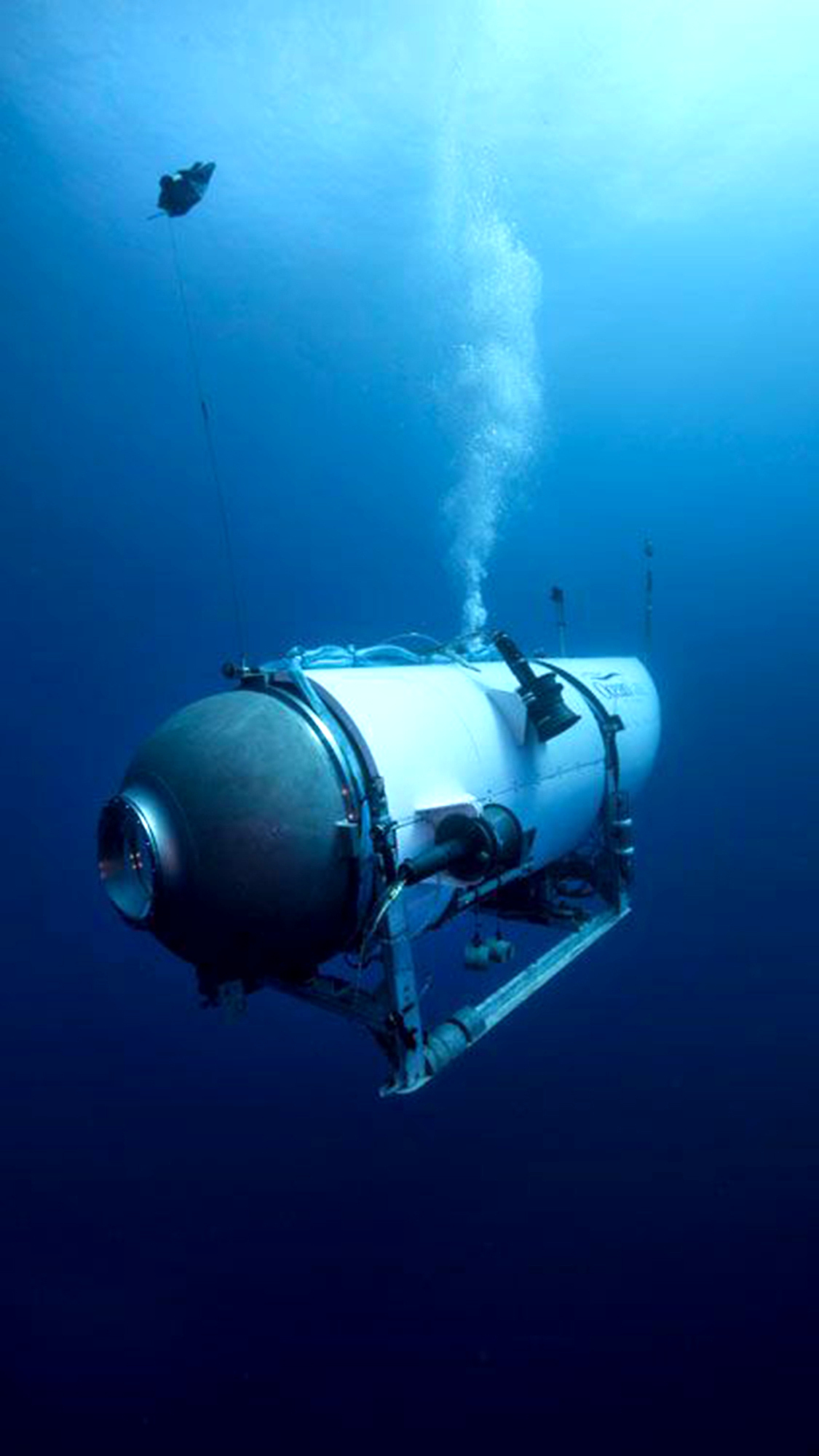70 Hours of Oxygen Left: Time's Ticking for Rescue of Submersible That Went to Explore Titanic Wreck

views
A submersible, an underwater vehicle, with five people on board has gone missing near the location where the Titanic sank in the North Atlantic Ocean.
The United States Coast Guard has initiated a search and rescue operation and confirmed that they were looking for the vessel, called Titan. The Canadian research ship MV Polar Prince lost contact with the submersible while it was diving around 900 miles east of Cape Cod, Massachusetts, on Sunday morning.
Where was the Submersible Last Seen?
The submersible disappeared in the deep waters of the Atlantic Ocean and its occupants have limited supplies (including oxygen) to survive for about four days or less.
The search for the missing submersible is being led by the U.S. Coast Guard in Boston. The Joint Rescue Coordination Centre in Halifax, Nova Scotia, reported that the submersible was overdue on Sunday night, approximately 435 miles south of St. John’s, Newfoundland, USA Today reported.

Rear Adm. John Mauger, commander of the First Coast Guard District, stated that two aircraft from both the United States and Canada, as well as a commercial ship, are involved in the search. Additional resources will be deployed as the search continues throughout the night.
Why is Locating the Submersible a Challenge?
The US Coast Guard has dispatched two planes to survey the isolated region in the North Atlantic, and their Canadian counterparts have also sent a plane and a ship to aid in the search, AFP said in its report.
However, despite efforts throughout the day, there have been no reported sightings of the missing vessel or any communication signals. The US Coast Guard’s Boston-based unit announced on Twitter at around 9:00 pm (0100 GMT Tuesday) that their flights for the day had been completed.
The research ship called Polar Prince, which launched the submersible, along with the US Air National Guard unit called Rescue106, will continue surface searches throughout the evening.
Canadian aircraft, which have been using buoys to scan beneath the surface, will resume the search on Tuesday morning. One of the individuals on board has been identified as British businessman Hamish Harding, whose aviation business had shared about his expedition on social media.
Rear Admiral John Mauger of the US Coast Guard assured reporters in Boston that despite the challenges of searching in such a remote area, they are deploying all available resources to locate the submersible and rescue its occupants.

Time is of great importance in this situation. The vessel, carrying a crew of five, has a limited range of 96 hours. Rear Admiral Mauger stated on Monday afternoon that he believed there were still 70 or more hours of oxygen left for the crew. This indicates that there is a diminishing window of time to locate the vessel and ensure the safety of those on board.
Why Underwater Rescues are So Difficult
The rescue operation to save the five individuals aboard the deep-diving submersible Titan faces several challenges. John Ismay, for the New York Times, explains that various factors such as weather conditions, darkness at night, sea state, and water temperature can affect search and rescue efforts at sea. However, rescues conducted underwater are even more complex.
The primary obstacle is locating the Titan. Many underwater vehicles are equipped with acoustic devices known as pingers that emit sounds detectable underwater. It is unclear if the Titan has such a device, the report says.
The submersible lost contact with its support ship approximately one hour and 45 minutes into what is typically a two-and-a-half-hour dive to the ocean floor where the Titanic rests.
Possible issues could include problems with the Titan’s communication equipment or its ballast system, which controls its descent and ascent by flooding or pumping out water from tanks, it explains.
There is also the risk of the submersible becoming entangled with wreckage, preventing it from resurfacing.
If the submersible is located at the ocean floor, rescue options are limited due to the extreme depths involved. Human divers using specialized equipment and breathing helium-rich air mixtures can reach depths of only a few hundred feet before requiring lengthy decompression periods, Ismay explains. Beyond a certain depth, sunlight cannot penetrate the water, resulting in complete darkness.
The Titanic rests at approximately 14,000 feet, a depth that can only be reached by specialized submersibles designed to keep occupants warm, dry, and supplied with breathable air.
The most viable rescue option would likely involve an unmanned underwater vehicle or drone. The U.S. Navy possesses a submersible rescue vehicle, but its depth capability is reportedly limited to 2,000 feet. For deeper water recoveries, the Navy relies on remote-operated vehicles like CURV-21, which can reach depths of 20,000 feet, as demonstrated during the recovery of a crashed F-35 Joint Strike Fighter in the South China Sea.
Deploying the appropriate equipment, such as a remote vehicle like CURV-21, to the site requires time, including transporting it to a suitable ship capable of reaching the location.
The Titanic wreck is located around 370 miles south of Newfoundland, and ships capable of carrying deep-diving vehicles typically travel at speeds of around 20 miles per hour.
The Titan is equipped to sustain its occupants for approximately 96 hours. Although submersibles recycle air by removing carbon dioxide and adding oxygen, there is a limit to how long they can effectively scrub carbon dioxide from the air. If the Titan’s batteries deplete and can no longer power the heaters to keep the occupants warm in the freezing depths, hypothermia becomes a significant risk, making the situation ultimately unsurvivable. Additionally, if the submersible’s pressure hull fails, it would result in a swift and certain demise for those inside, the New York Times report explains.
About Oceangate
OceanGate is a privately owned company based in Everett, Washington, that has been operating since 2009 with a focus on enhancing access to deep-ocean exploration, Anna Betts writes for the New York Times.
The company has gained attention in recent years for organizing expeditions, allowing paying tourists to travel in submersibles to explore shipwrecks such as the Titanic and underwater canyons. In addition to these tourism ventures, OceanGate provides crewed submersibles for commercial projects and scientific research.
OceanGate emphasizes safety, proactive communication, and client satisfaction, employing a team of qualified pilots, expedition leaders, mission professionals, and client-service staff, as stated on their website.
The company was founded by Stockton Rush, an aerospace engineer and pilot who currently serves as the CEO. Rush achieved the distinction of becoming the youngest jet transport rated pilot globally at the age of 19 in 1981. He obtained an aerospace engineering degree from Princeton University three years later and later earned an MBA from the Haas School of Business at the University of California, Berkeley, in 1989.

Currently, OceanGate owns and operates three five-person submersibles. The first submersible they acquired, named Antipodes, has a depth capability of 1,000 feet, the report explains.
In 2012, the company acquired another submersible, which was transformed into Cyclops 1. This vessel had the capacity to reach depths of up to 1,640 feet. Cyclops 1 served as a prototype for their latest submersible, the Titan. Constructed from carbon fiber and titanium, the Titan is designed to explore depths exceeding 13,000 feet or more than two miles.
AFP, The New York Times contributed to this report




















Comments
0 comment